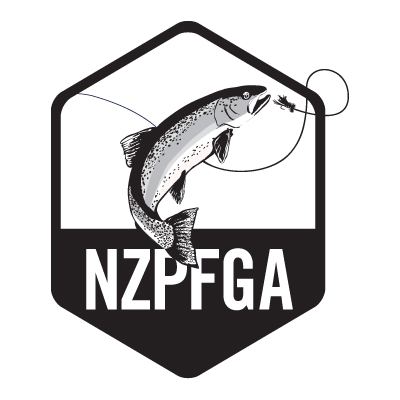Fly fishing New Zealand Spring Creeks
/The South Island of New Zealand has numerous spring fed creeks that can be found in most regions, from our lowland pastoral land to the wide open tussock lined river valleys.
Spring creeks literally appear from nowhere before flowing into larger rivers, they are often short in length and subsequently their existence isn't always obvious to anglers.
The substrate of spring creeks varies greatly, some have a fine gravel bottom, whilst others are heavily weeded with large aquatic weed beds that sway in the current making the spotting of trout very difficult at times. Its these heavily weeded creeks that often hold the highest populations of fish.
No matter what their substrate is, all spring creeks have a couple of things in common; firstly they all consist of clear well oxygenated water. This is primarily a result of heavy oxygen creating weed beds and cold water temperatures. Secondly, and more importantly, the combination of high oxygen levels and nutrients result in prolific mayfly and caddis populations which in turn support a fast growing healthy population of trout.
Tiny water holding some large trout
During the early part of the New Zealand trout fishing season when many larger rivers are carrying snow melt and heavier flows, fish will take refuge in these smaller creeks.
One particular day this past season I was guiding a regular client on a small spring creek as the main river was in flood, and discovered a much higher concentration of fish than usual, all taking shelter in the clear stable water. Needless to say he had a cracker day netting half a dozen good fish!
The difficulty with fishing spring creeks is that despite their flat looking surface appearance, the endless amount of weed and stones under the waters surface create fast boisterous runs that bounce off deep undercut banks where generally the biggest fish in the pool will be lying. To make good presentations to these trout in the swirly water you'll need to use plenty of mends and slack line presentations, both of which are required to minimise drag on your flies .
The main things to remember when fishing this type of water as is the case with most waters in NZ is a slow quiet aproach to the stream edge, minimal false casting where possible, and accurate first up presentations of your fly with longish fine leaders. I normally use a 9ft Airflo tapered leader with 3-6 of 5lb tippet attached, if your comfortable casting longer leaders go for it, as this will only improve your catch rate.
As for fly choices I carry horned and cased caddis nymphs both weighted and unweighted in sizes #12-#16, as well as pheasant tails and Hares ears in the above sizes, again some weighted and some unweighted.
Stu's Pogo nymph tied on behind a beaded pheasant tail has accounted for many fish in spring creeks the past few seasons, a durable and realistic mayfly pattern that I always carry on my fly patch in varying sizes.
And for the dries, Stu's CDC emergers,klink hammer style flies and Deer hair emergers make up the bulk, again in smaller sizes #14-#18.
But when conditions are right terrestrial patterns such as cicadas, blow flies and beetles will work extremely well, especially those spring creeks with overhanging branches or tussock lined edge's where the naturals will find their way onto the water and into the mouths of hungry trout !
Finally always check out the first couple of hundred of meters below the spring creeks confluence where it meets the with main river, this stretch of water will usually always hold a few good fish that feed from the nutrient rich water flowing into it.
Contact me now to plan your fly fishing New Zealand adventure !










